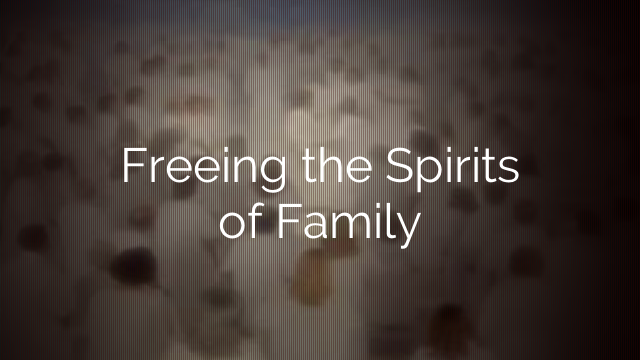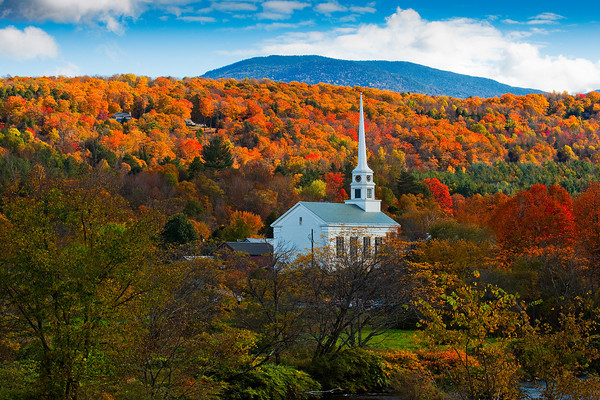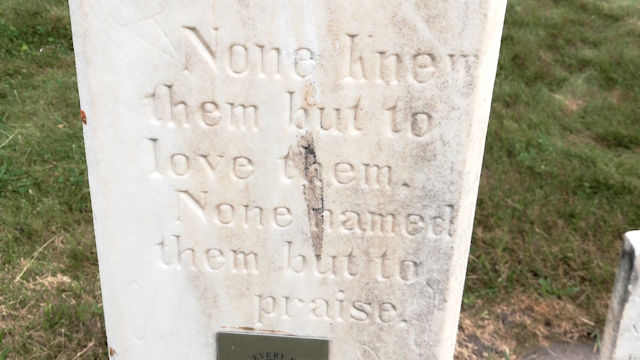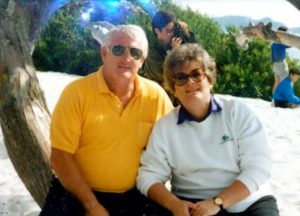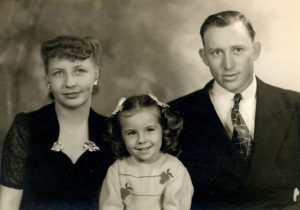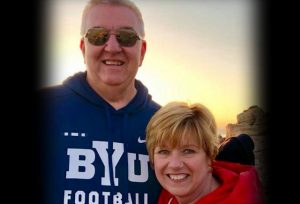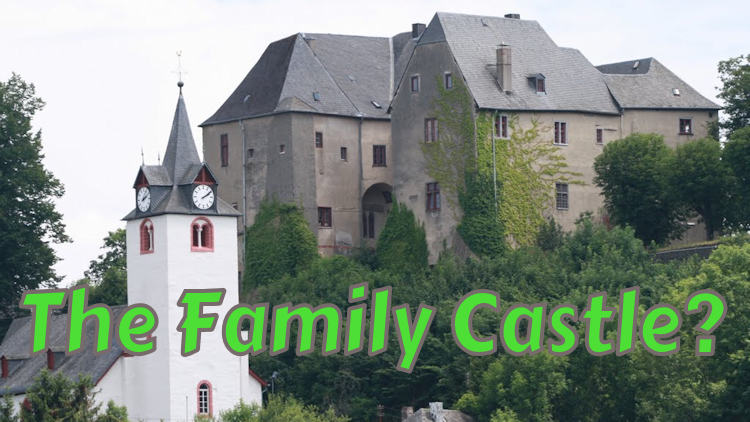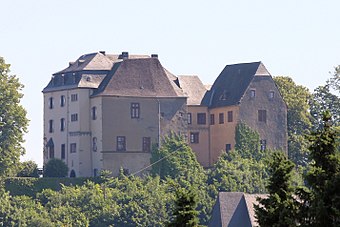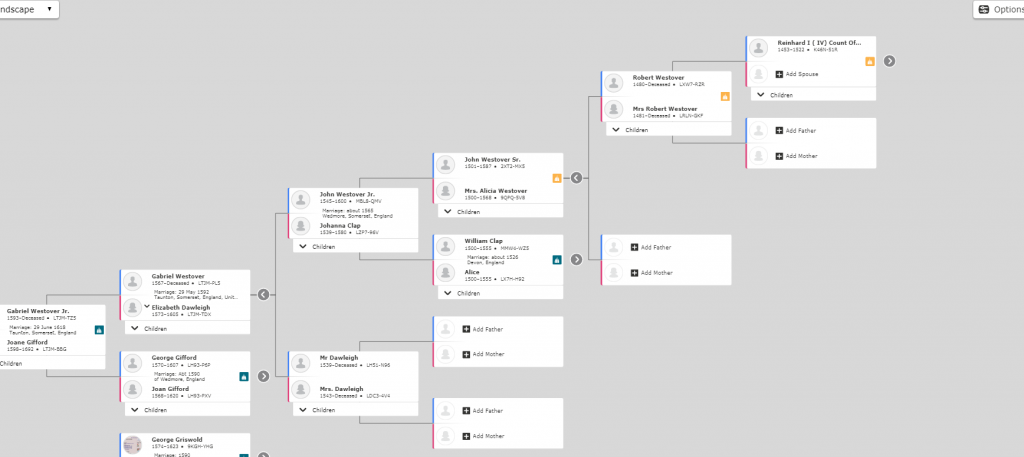Freeing the Spirits of Family
I have been troubled by something for quite a while. This week I finally did something about it.
I released hundreds of names to the temple that I had held in reserve.
Over the course of the past five years I have worked with family and my ward members to do the temple work for hundreds of names. When the youth needed names for baptism, I had a ready supply. When we would go to the temple or when other family members would enquire we have had our family work to do.
I have stated before that my least favorite part of family history is the data mining of names and dates and part of that includes making names temple ready. My mother collected and organized thousands of names through her lines over the course of decades and all I have done with them is make them temple-ready. But doing so had caused my reserved names list to blossom.
Stubbornly I hoarded those names thinking I would get to them through the same old efforts of working with family and my ward groups. Instead of making headway with that list through these efforts the list has only grown.
I rationalized this with good things, of course. I want my family to have family names to take to the temple. I want to be able to support our ward and stake with work that needs to be done as well. I want to do some of this work myself.
I was also bothered with the idea that I might upset someone by doing this. After all, don’t my brothers and sisters and cousins deserve an opportunity to do this work as well?
They do. But, frankly, if they were all that interested in it I would have heard from them by now. Over five years I have tried over and over to engage others in the work of our family history — and what is temple work if it’s not family history? — but my success with those efforts has been very soft. They say that less than 2 percent of Church members are seeking out their family names and taking them to the temple. I would say our family participation rate has been about the same.
Why wait for them when we have other members of the family waiting for me?
All along I have been nagged by the thought that I was holding things up and not helping things out. I was baking only part of the cake.
In the end, isn’t the Temple the point? Aren’t the ordinance works the only point?
Could I be supressing the forward progression of loved ones only because I was sitting on names?
This week I set the captives free.
Finally, I can tell you, I am at peace with this. Never will I allow the names to pile up again. As soon as I get new ones I’m going to release them.
I still want folks to work with when it comes to these efforts. You know where to find me. From now on though I will be putting names in the express line and not holding back. There is so much work to be done and there is no time to hold back for spurious reasons.
The time is now.
I have come to think of my family in much broader terms these last five years. In five years time I’ve become a grandparent. I’ve watched my children mature into adults. I’ve lost my mother. I’ve engaged in this noble work and have come to know those family members of my past that made my life possible. The height, width, depth and breadth of who my family is, including my-law family, leaves me in awe and feeling burdened with responsibility.
I want to be able to face them all — now and into the future.
I will continue the work of outreach with my family and especially my children through this website and other efforts. I feel this is not only a critical work for our family on the other side but the revelatory nature of doing family history, the sacred learning that envelopes us as we work on these things, the new influences we feel and the higher teaching given to us through temple and family history work is, in my mind, one of the greatest parts of the gathering.
We tend to think the souls we’re helping are others. They are not. This work is for us. One way or the other, the work for “them” is going to get done — whether we do it or someone else does. But if we do it we gain that much more. There will be no spirit prison for us if we do this. If we neglect it, we do it at great peril.
I sometimes wonder where the ceiling is in these lessons. I keep thinking that maybe I won’t continually experience something new and exciting as I press forward. But now I don’t think there is a limit. I believe Heavenly Father so wants to bless us that what lies in store cannot be predicted, anticipated or even imagined.
We are told that. We are promised that. But like all things associated with the gospel until we put that faith in action — not just sticking our toe into the water but jumping head first into the pool — we will never reap the blessings that faith promises.
I tell you, those blessings come. They come in not only great abundance but in ways that will stun you and leave you breathless.
I hope those names now freed are experiencing the same kind of blessings now for their faith on the other side.

